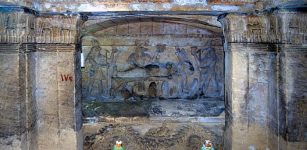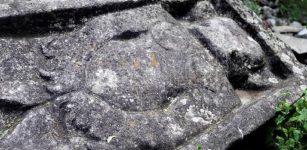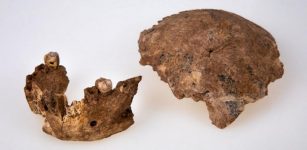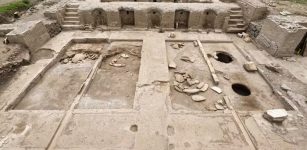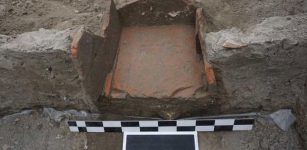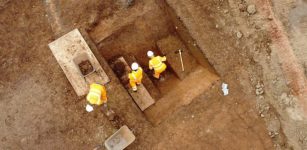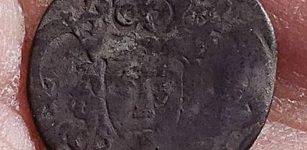A 35 Meter-Long Stone Platform Dated To 6,000 BC Discovered In Saudi Arabia
Conny Waters - AncientPages.com - Prehistoric stone structures are usually numerous and well-studied in the Levant, the area bounded by the Taurus Mountains to the north, the Mediterranean Sea to the west, the northern Arabian Desert to the south, and Upper Mesopotamia to the east.
In northern Arabia, however, such structures have received less attention, and therefore, megalithic structures of the region remain largely unknown.
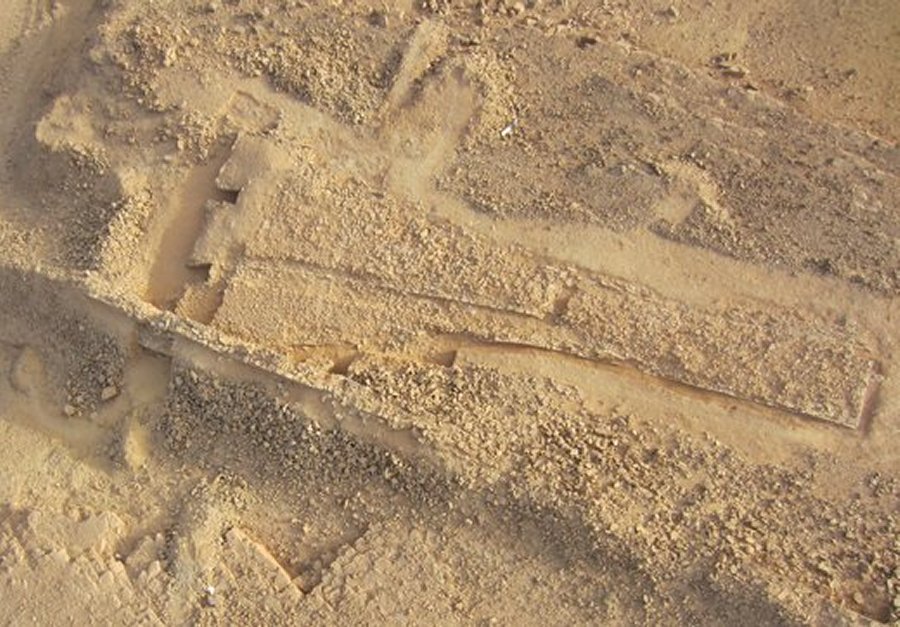 Aerial view of the monument © MADAJ, Marianne Cotty, Olivia Munoz, and Ronald Schwerdtner
Aerial view of the monument © MADAJ, Marianne Cotty, Olivia Munoz, and Ronald Schwerdtner
Now, an international team of researchers involving France, Saudi Arabia, and Italy, led by Olivia Munoz, a researcher at the CNRS, discovered a triangular platform 35 meters in length in the oasis of Dûmat al-Jandal (northern Saudi Arabia).
The structure was constructed in the mid-sixth millennium BC, overlooking the oasis of Dûmat al-Jandal in northern Saudi Arabia. Excavation of the platform has yielded both bioarchaeological and cultural remains. It was also determined that there were several phases of construction and intermittent use of this structure down to the first millennium BC.
Analysis of the platform along with nearby tombs shows the persistent funerary and ritual use of this area over several millennia, illuminating nomadic pastoralist lifeways in prehistoric Arabia.
So, the structure was probably dedicated to ritual practices and commemorative. However, the monumental constructions made of stacks of dry stones still contain many secrets regarding their function, chronology.
The researchers studied and dated the objects and the human remains of the deposits found inside and around the building, in the two niches arranged on one of the sides, but also in the tombs located in the vicinity.
These discoveries demonstrate a ritual use during prehistory and seem to show a symbolic imprint left by the populations of nomadic pastoralists on the regional landscape, since this remote period.
Written by Conny Waters - AncientPages.com Staff Writer



